Just recently, Samsung decided to expand its ad-supported TV Plus Streaming Service to the web. The tech giant’s decision to launch its ad-supported Streaming Service on the web was made quietly just a few weeks ago, during the month of May.
This was verified in a recent online article posted by Protocol, which states that a Samsung spokesperson confirmed that the web version of TV Plus was launched in Q2.
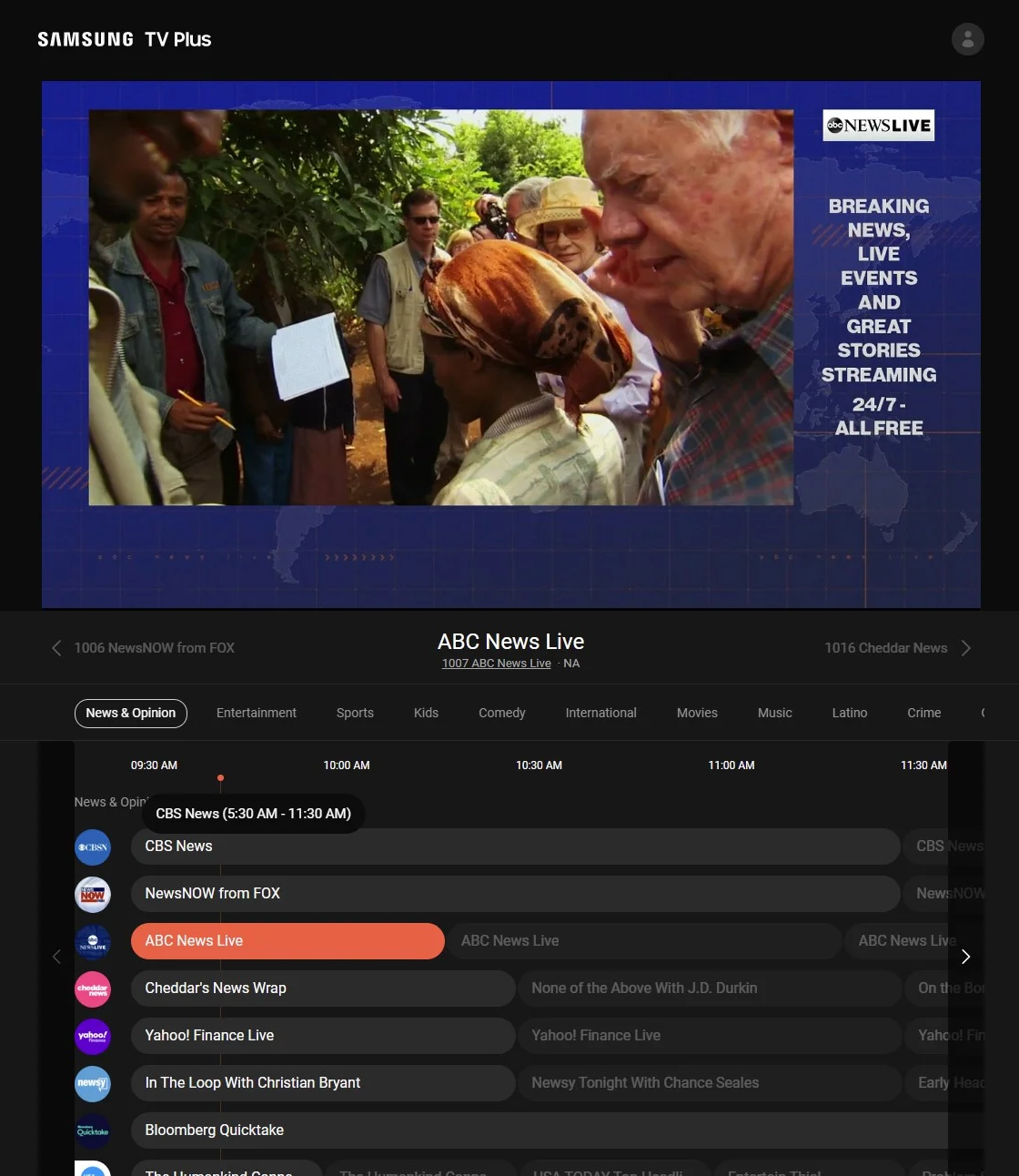
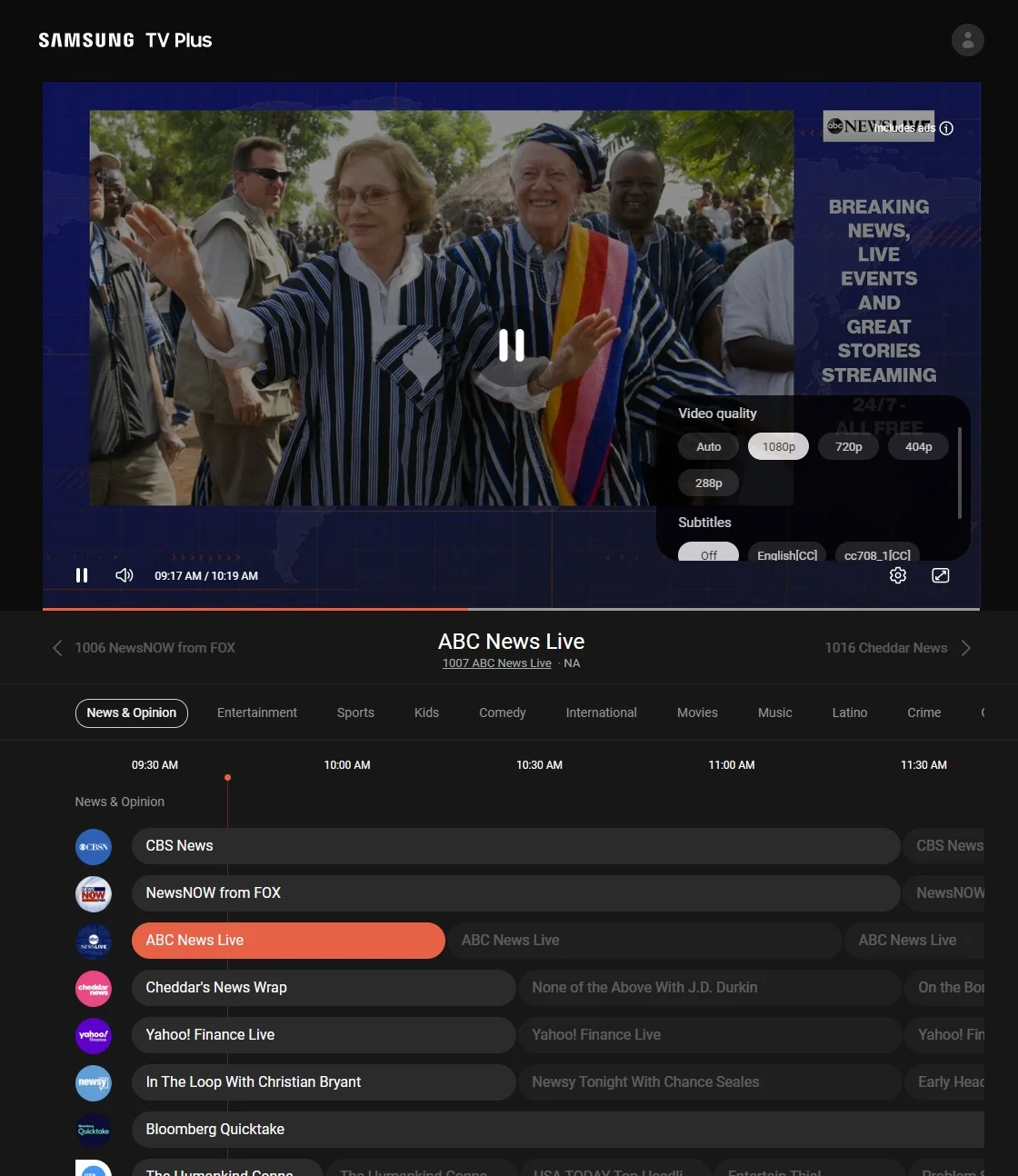
Still, according to Protocol’s recent post on the subject, the release of Samsung’s web version for its TV Plus appears to have been just a soft-launch for now, mainly because Samsung has yet to officially announce the web version for its TV Plus Streaming Service, and has also yet to include it in any related marketing material for the streaming service’s web version in its dedicated TV Plus webpage.
It’s important to note that while Samsung’s TV Plus Streaming Service was something that originally used to only be available exclusively on the brand’s TVs and mobile devices, the company’s decision to expand its TV Plus Streaming Service to the web ultimately brings access to literally anyone, meaning that it now even people who don’t own Samsung devices can also enjoy all the content available with Samsung TV Plus.
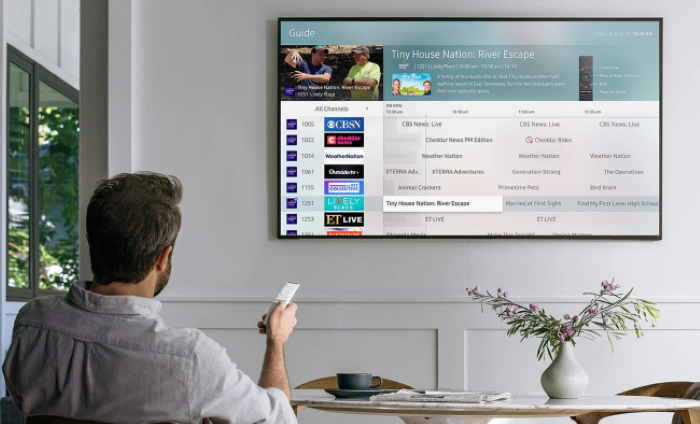
For those who are unknown to Samsung’s ad-supported Streaming Service, TV Plus is currently accessible in 23 countries, and for viewers within the U.S., it offers you access to approximately 140 streaming channels, which include channels like ABC News Live, PBS Kids, ION Plus, and Vice, as well as a number of genre-specific Vevo channels.
All of these channels can be accessed by anyone, regardless of whether they own a Samsung device or not, but some channels do require users to sign in with a Samsung account, which is actually free to create, mind you.
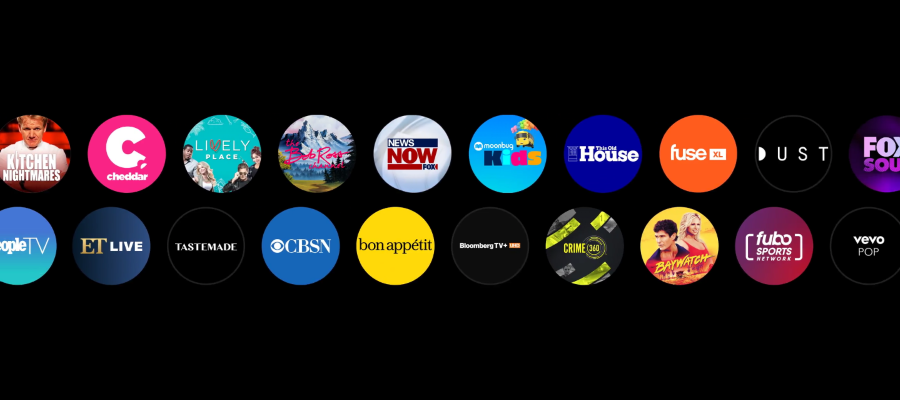
It’s also worth mentioning that the company’s decision to expand its ad-supported TV Plus Streaming Service to the web as well as to other smart TV platforms now means that TV Plus will be more directly competing with other free streaming services, such as Tubi and Pluto TV.
Not only that, but this marketing move also indicates how the TV business is quickly changing from a past “sole focus on unit sales” to a business strategy that’s now all about advertising and services revenues.
Note that Samsung had first launched TV Plus as a transactional streaming service back in 2016, which then slowly started shifting and evolving to a free-access ad-supported business model that not only mimics the look but also the feel of traditional cable TV. The streaming service itself already comes directly integrated into the programming guide of Samsung smart TVs, which ultimately allows viewers to channel-surf both broadcast networks as well as TV Plus’ programming.
According to a statement by Samsung Electronics SVP Sang Kim – which was made last September in a discussion with Protocol – that same ad-supported business model has been a fairly successful hit amongst consumers, with the company streaming “billions of minutes every month”. In addition, the company also shared its statistics with advertisers, which officially declare that the service has already been installed on close to 50 million smart TVs worldwide.
Since the time the South Korean multinational decided to change the business model of its TV Plus Streaming Service, Samsung has also brought the service to mobile phones with an App for its Galaxy devices, all while also having expanded the geographical reach of its TV Plus service, which, as mentioned earlier, is now available in 23 countries. This would include the US, and countries such as India, Brazil and Mexico, as well as most European countries. Overall, Samsung TV Plus is currently streaming more than 1,000 channels around the world.
Now, be aware that Samsung isn’t the only device maker that’s targeting viewers on third-party devices. For example, before Samsung launched its TV Plus Streaming Service back in 2016, Roku had already previously launched its Roku Channel streaming service on its own streaming boxes, as well as on any Roku-powered TVs.
Nevertheless, since that time, Samsung also launched a dedicated Mobile App and a Web App, as well as additional Apps on Samsung Smart TVs and any other devices running Amazon’s Fire TV platform.
However, according to recent job listings from Roku itself, the California-based video-streaming company might already be looking to launch its Roku Channel streaming service on “other popular streaming media platforms” in the future, which will ultimately be competing directly with Samsung’s own streaming service, TV Plus.
What’s more is that Roku’s business also shows why many consumer electronics companies are now willing to give up on exclusivity in favor of a wider distribution of their content services. As an example, during the first three months of the year, Roku’s hardware business brought the company around $108 million in revenue, while advertising and other services netted the company close to $467 million during that exact same time frame.
On a final note, it’s also worth pointing out that in addition to recently expanding its TV Plus Streaming Service to the web, Samsung has also just added Chromecast compatibility to the service’s mobile app, which basically gives users the ability to cast videos to devices supporting Google’s Chromecast technology.
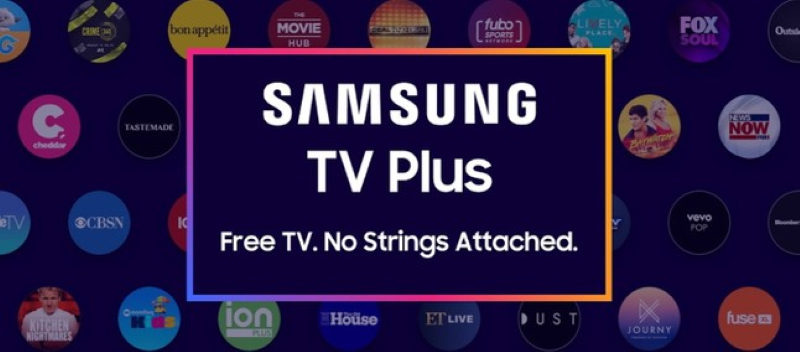
Both service additions represent a major expansion for Samsung’s TV Plus, which, as mentioned earlier, was originally only available on Samsung-made smart TVs and phones.





